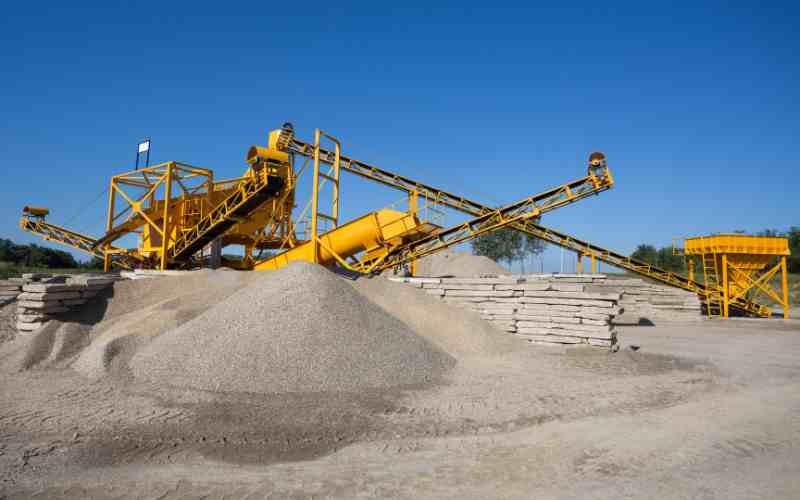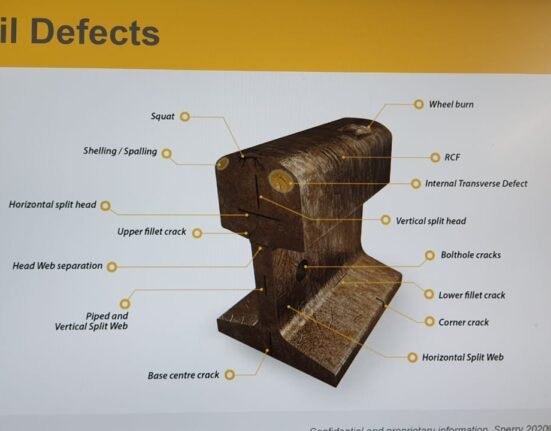Cement is referred to as a type of binder, that is used in the field of construction that sets, and hardens, and can be adhered to other materials in order to bind them together. Seldom, cement is used on its own, mostly, is used to bind materials like gravel and sand together. Cement, when is mixed with fine aggregate, it produces mortar which issued for masonry, and when mixed with sand and gravel, it conceives concrete.
In this article, we are going to talk about 5 types of cement and uses, types of cement mix, different types of cement mixers, and types of PVC cement.
First of all, let us begin with 5 types of cement.
5 TYPES OF CEMENT
The 5 types of cement are as follows:
Portland Cement
Almost all type of concrete is made out of this type of Ordinary Portland Cement. This is also the principal cement that is used in most of the mortars in masonry. The manufacturing of Portland cement is done by heating limestone or chalk and clay together. And this should be done in large rotary kilns. The chemical composition of Portland cement consists of calcium silicate which reacts with water in order to produce a cement paste that is strong, and durable.
Low Heat Blast-Furnace Portland Cement
Portland Pozzolana Cement is the special blend with low heat hydration for mass concreting. The advantage of low heat blast furnace Portland cement over Portland cement is that, even though it has a slower rate of gaining strength, at the end of the day, it is the one with the higher ultimatum strength. Also, low heat blast furnace Portland cement has a higher amount and capacity of workability.
Rapid Hardening Cement
This type of cement, in comparison to Portland cement, hardens faster. The reason is that this type of cement contains more amount of silicates in comparison to Portland cement. However, one must note that the overall strength is only slightly higher and does not make that big of a difference. This type of cement is mainly used in areas where formwork needs to be removed in order to be reused.
Sulfate Resisting Cement
The element of sulfate that exists in the rain and seawater and henceforth can be referred to as a harmful substance to the materials that are used in the construction of making buildings. Sulfate resisting cement, as the name suggests, is the type of cement that can be used as a form of modified Portland cement and can be used in the conditions where the concrete is susceptible to a sulfate attack, which can lead to deterioration due to being exposed to the harmful substance called sulfate.
High Alumina Cement
High alumina cement is sometimes also known as a calcium aluminate cement (CAC) or aluminous cement. This cement is made with a bunch of calcium aluminates rather than calcium silicates. The manufacturing of this cement is done from limestone, which is also commonly known as chalk and bauxite.
Earlier, high alumina cement was used in the application of marine appliances where it was considered to provide resistance to the attack from certain chemicals. This is also used in structural concrete, in things like pre-cast beams. However, high alumina cement is no longer used in the application of structural concrete in the United Kingdom as it is susceptible and prone to a re-arrangement of crystalline, also known as conversion. This can result in a reduction of strength and increased susceptibility or vulnerability to chemical attack if the concrete is exposed to water for a long period of time.
Now, let us take a look at some of the different types of cement blocks.
Different Types Of Cement Blocks
Cement blocks can be categorized into two categories and they are solid concrete blocks and hollow concrete blocks. Let us learn about each of them one by one.
- Solid concrete blocks: these types of concrete blocks are commonly heavy in weight and have been manufactured from the dense aggregate. The solid concrete blocks are extremely strong and help in providing good stability to the structures. These solid concrete blocks are preferable when doing work of masonry such as load-bearing walls. They are available in sizes that are larger than normal bricks and therefore, can be used in masonry as they take less time in the construction of concrete.
- Hollow concrete blocks: these types of concrete blocks contain a void area that is greater than 25 percent of the gross area. One must always remember that the solid area of hollow blocks is supposed to be 50 percent more than solid concrete blocks. There can be several compartments that can be made in the hollow concrete blocks according to the needs of a person. These hollow concrete blocks are manufactured from lightweight aggregates. These blocks are extremely lightweight and are extremely easy to install.
The following are the different types of concrete blocks:
- Stretcher block
- Corner block
- Pillar block
- Jamb block
- Partition block
- Lintel block
- Frogged brick block
- Bullnose block
Now, let us talk about the uses of cement
What Are The Uses Of Cement?
Cement has a lot of different uses such as it is used to make cement mortar, and cement concrete, both of which are used in the construction of several multiple types of masonry and concrete structures.
- In order to prepare cement mortar: cement has good binding properties and has high amounts of strength and water resistance qualities. Therefore, it is used to create strong bonds between bricks and stones while doing masonry. It also provides a greater and smooth finishing look to the structure. Different shapes of cement molds can be made by using cement mortar. This is also used to fill in the cracks and crevices or to seal the brickwork.
- To prepare cement concrete: cement concrete is one of the world’s most widely used materials due to its marvelous properties. The ingredients used to make this strong mixture are cement, fine aggregates, coarse aggregate, and water. In most of these cases, Portland cement is used in order to prepare concrete. However, in other special cases or in different circumstances, cement concrete can also be made with the help of other types of cements like rapid hardening cement, high alumina cement, etc.
- In order to build structures that are fireproof or heat proof: cement helps a lot and comes in handy when one wants their structure to withstand extreme temperatures like high temperatures or extremely low temperatures. High alumina cement is very much preferred and is very suitable when it comes to making structures with high resistance to extremely high temperatures.
Other uses of cement are as follows:
- It is used to prepare foundations, watertight floors, footpaths, and other structures
- It is put into use in order to make and prepare joints for drains and pipes
- It is mixed with concrete and is used in order to lay floors, roofs and is also used in the construction of beams, stairs, pillars, etc.
- It is also used for the water tightness it has when is made into a structure
Cement can be used in a variety of ways and has a lot of benefits. In this article, we talked about cement, different types of cement, and uses of cement.








